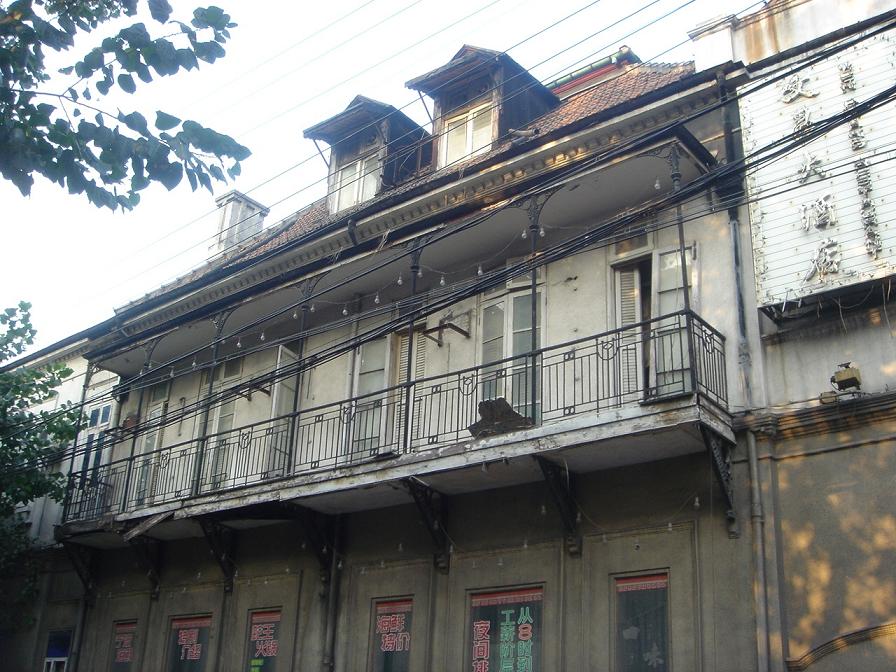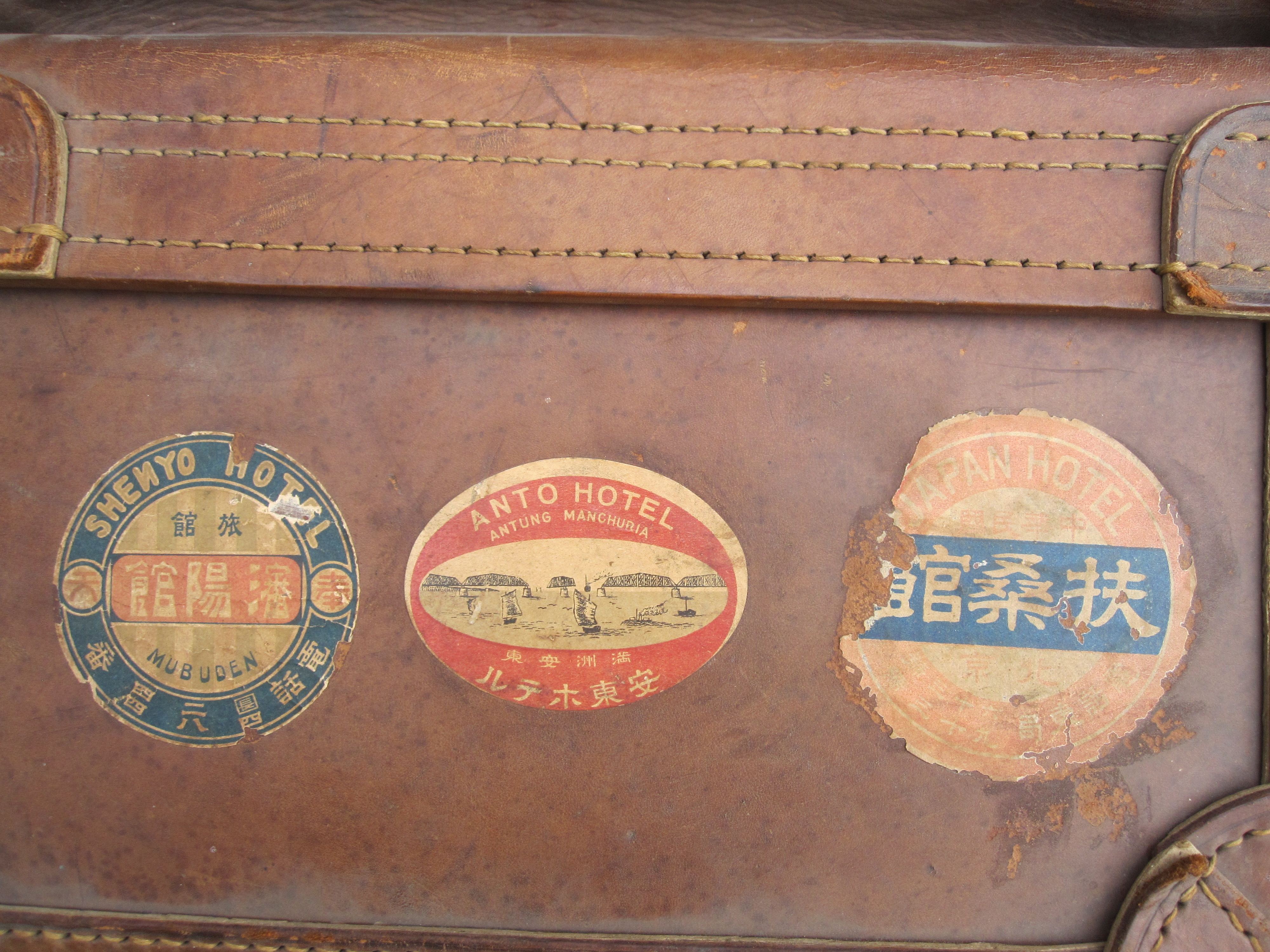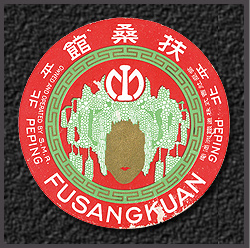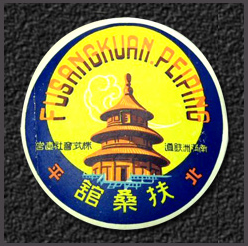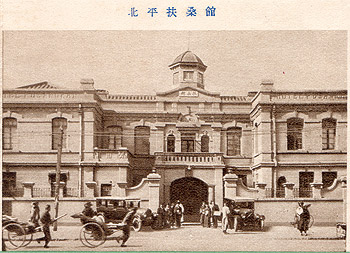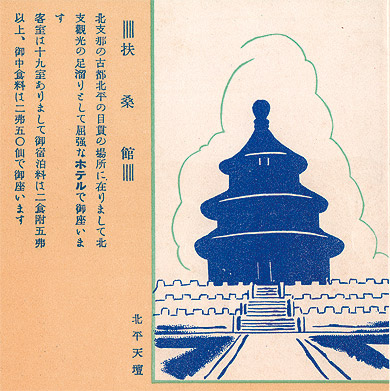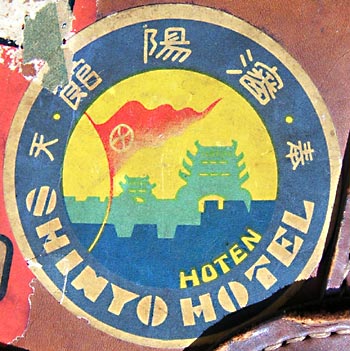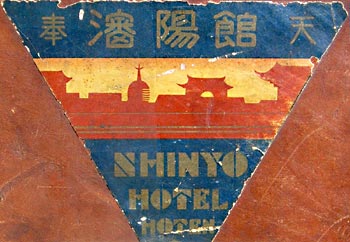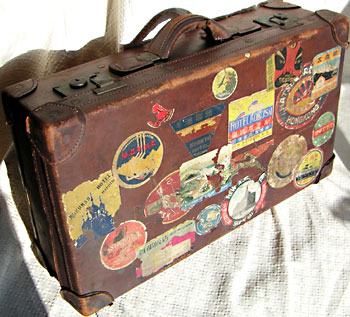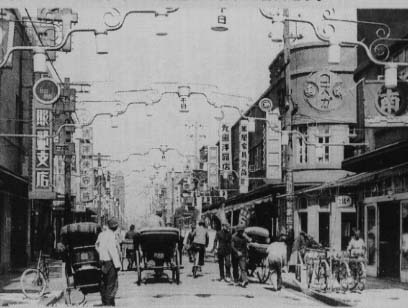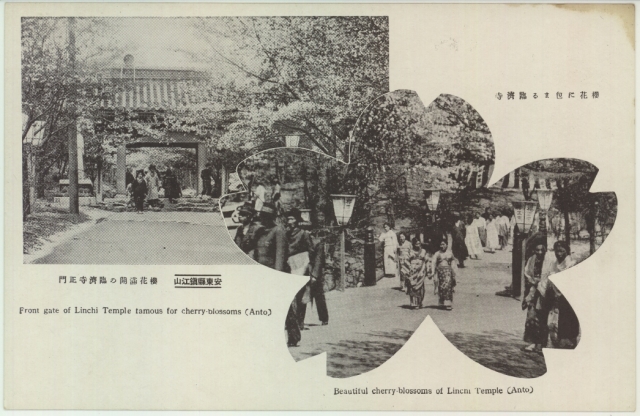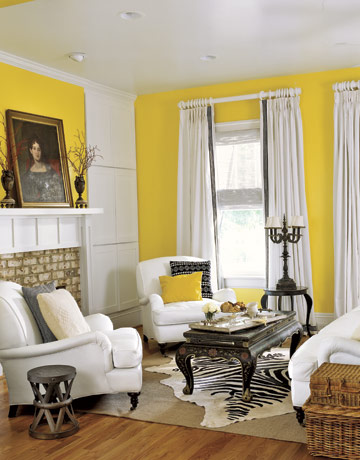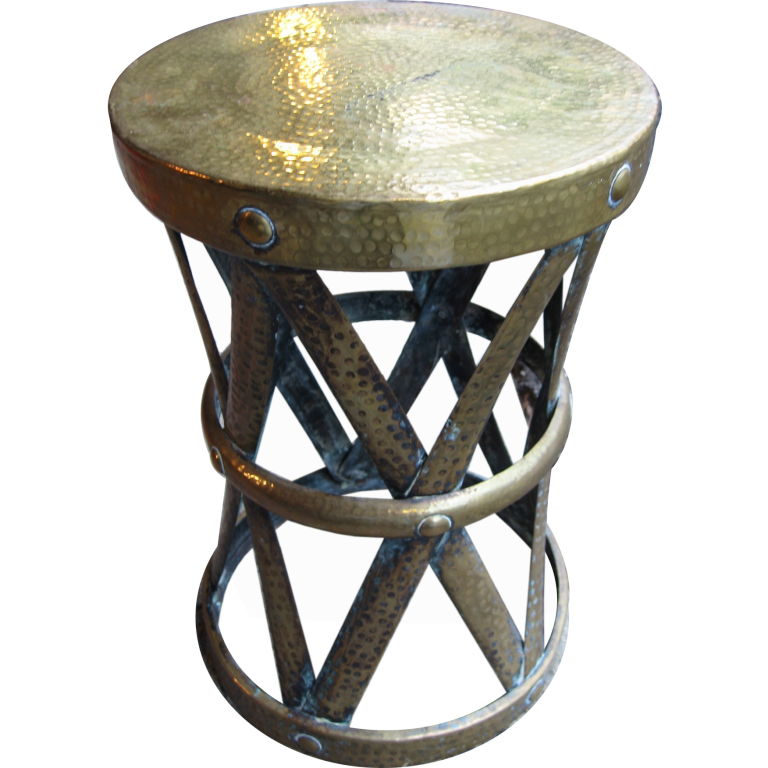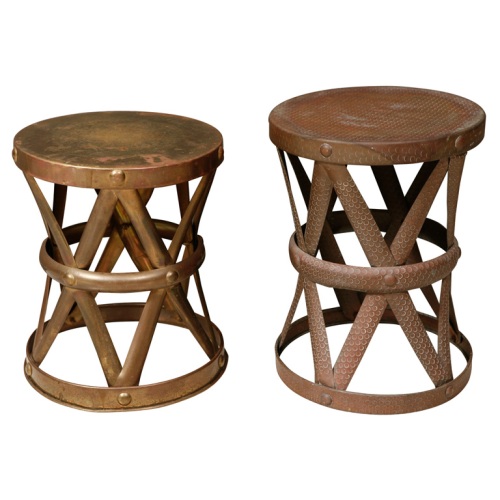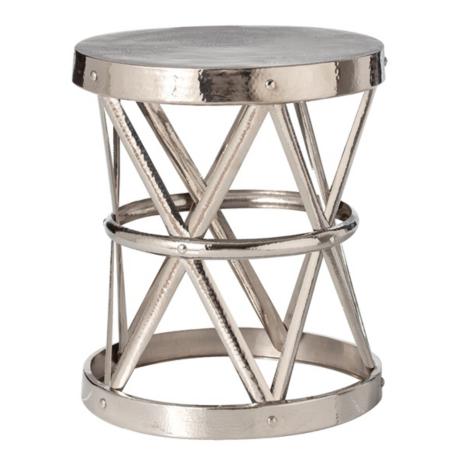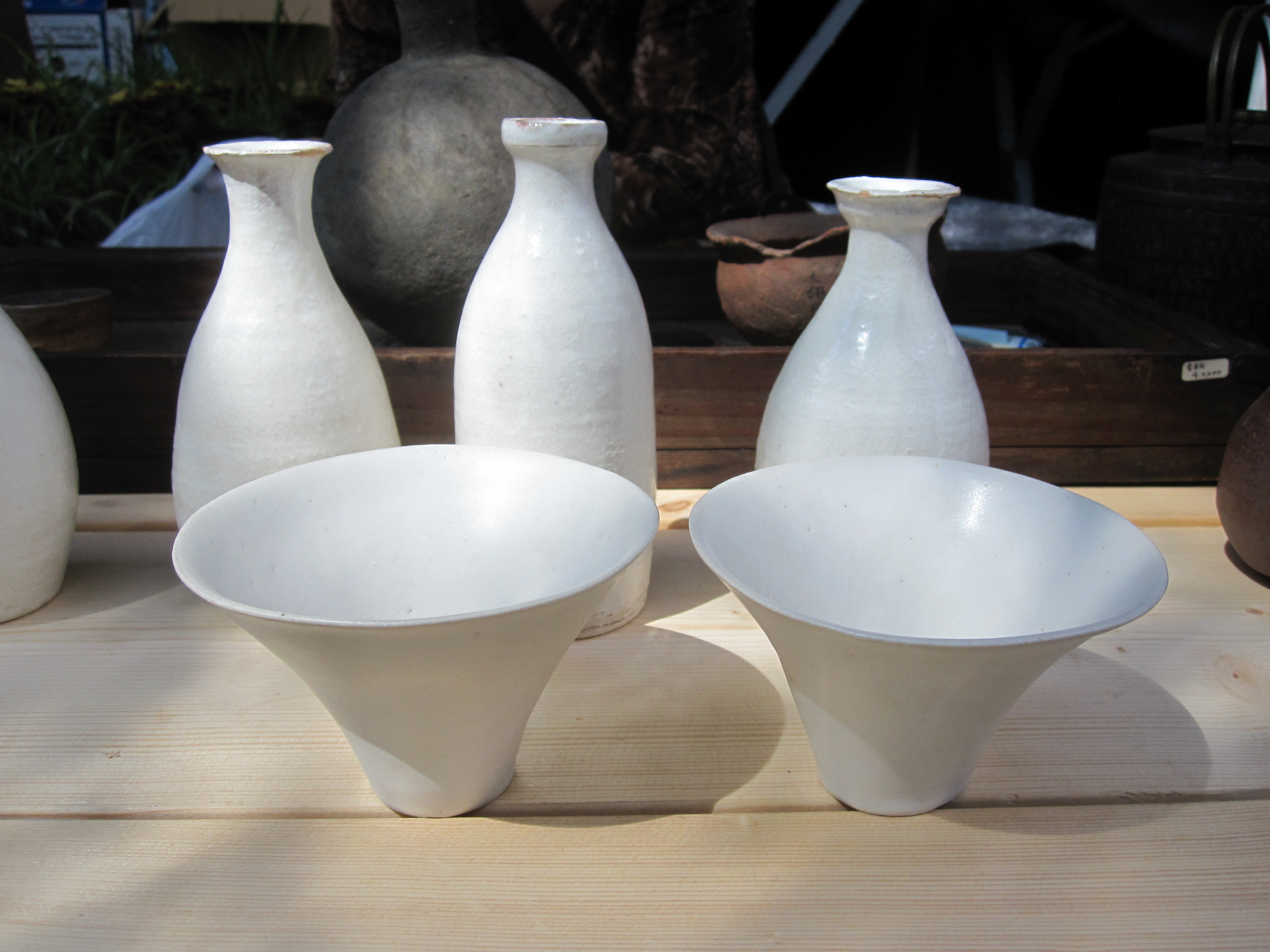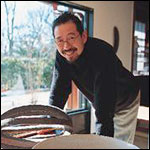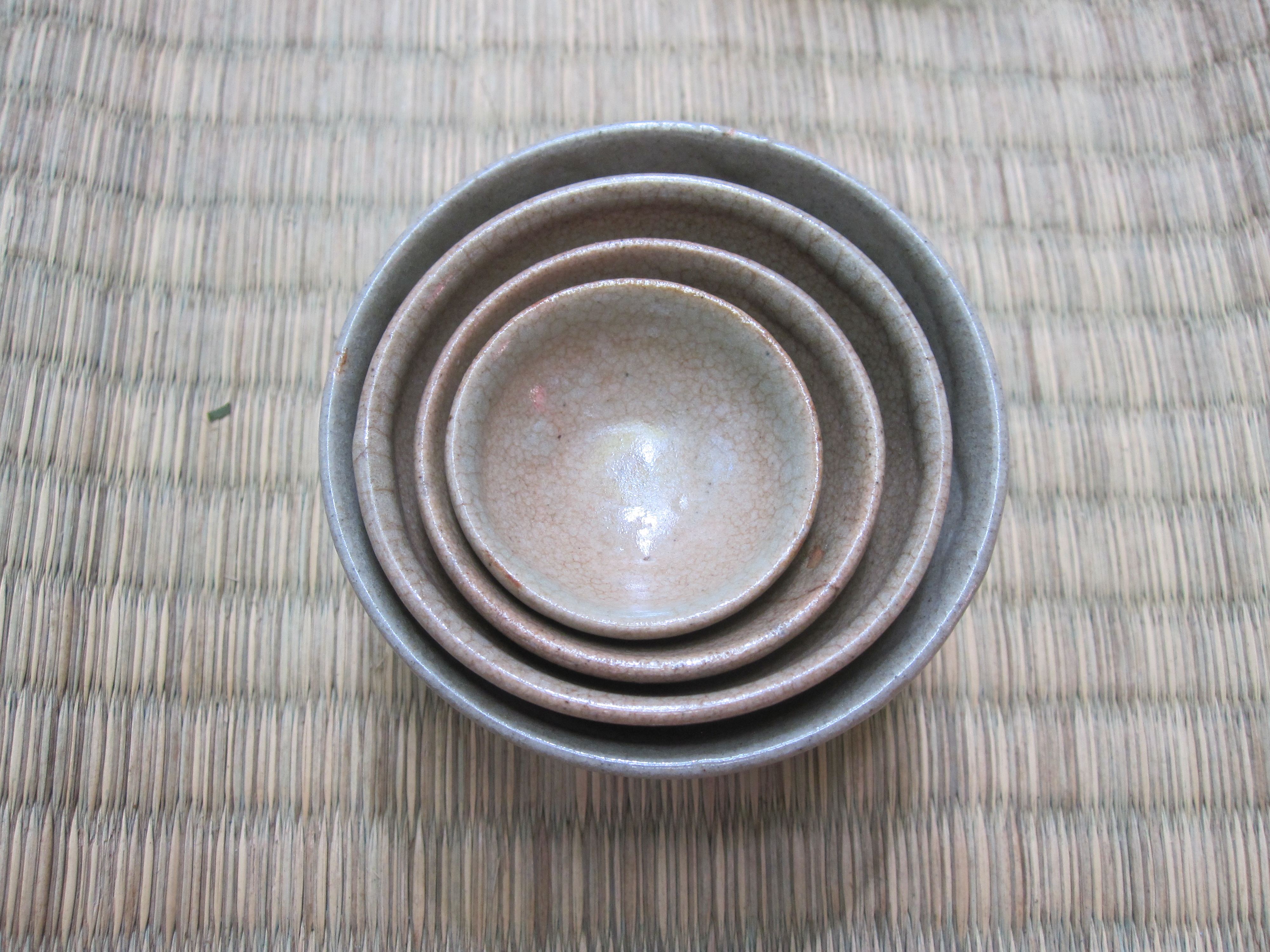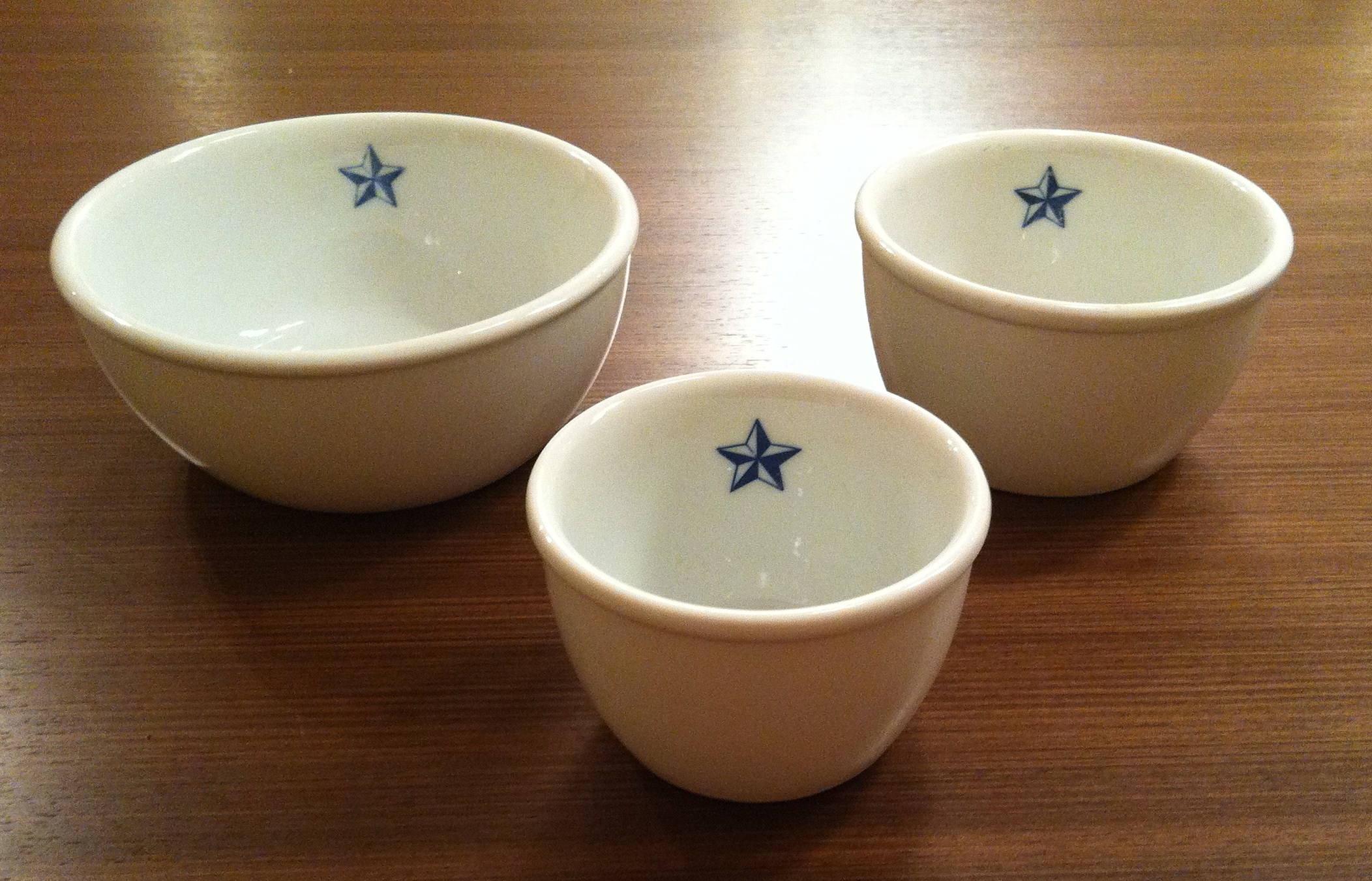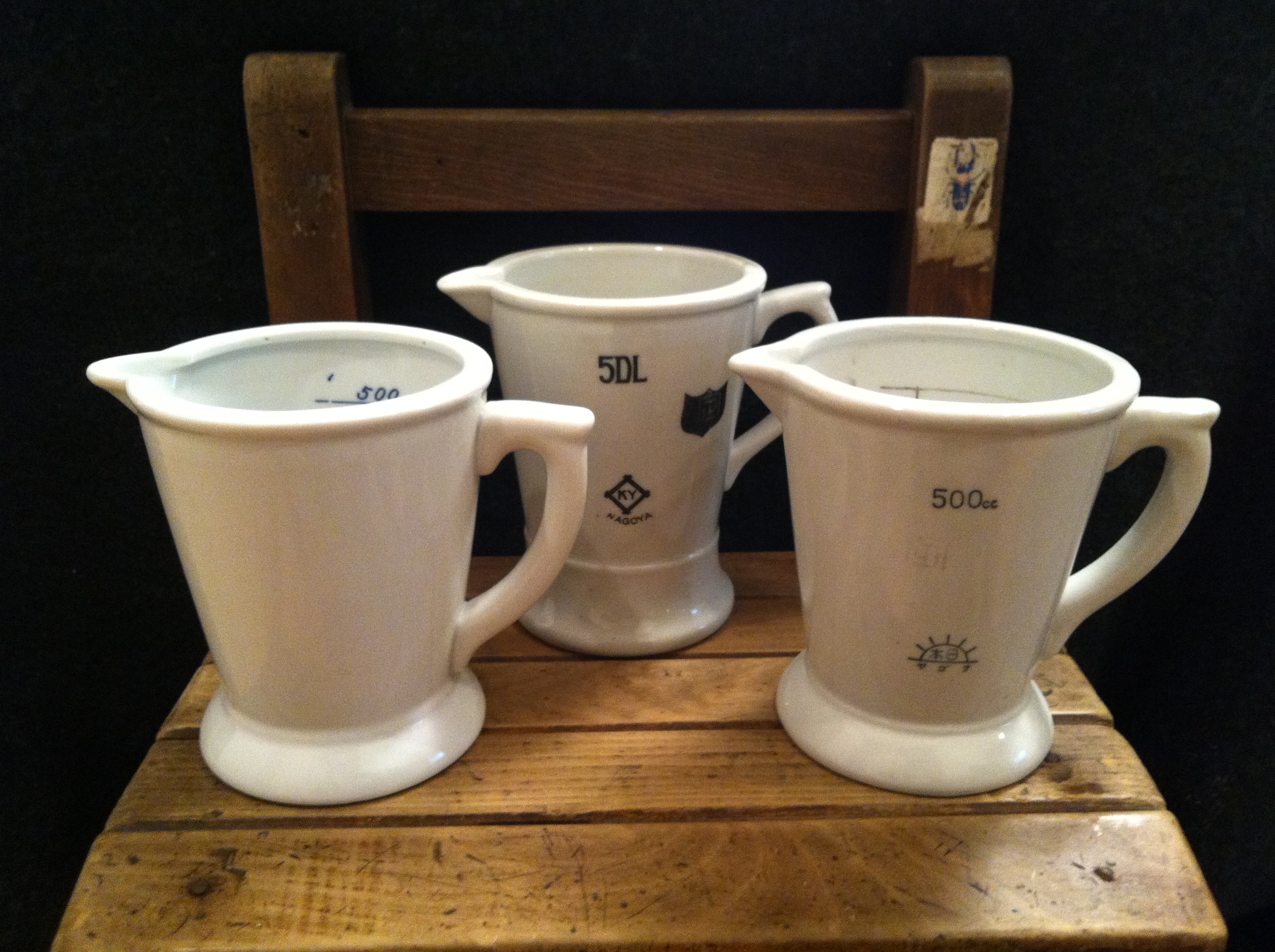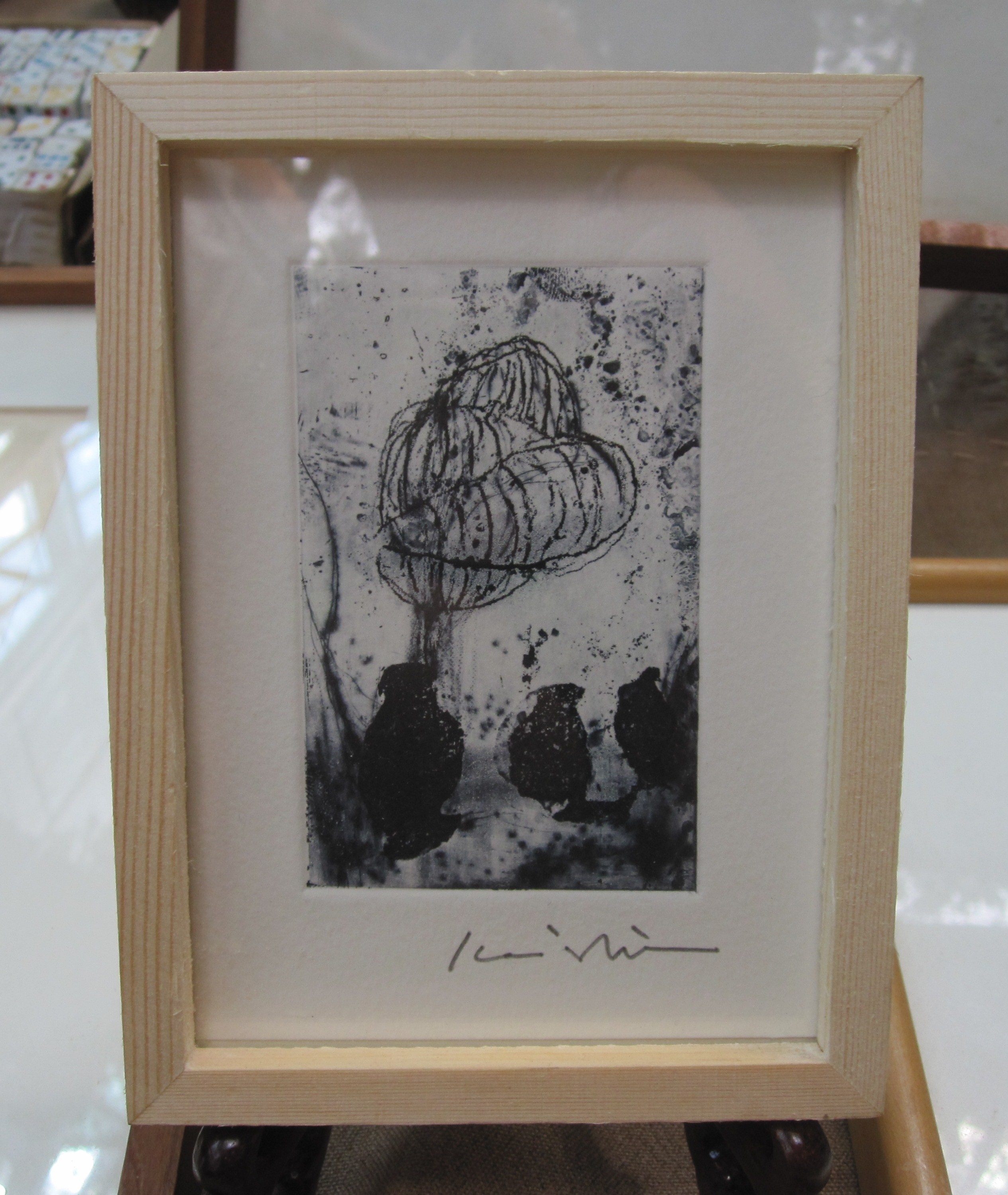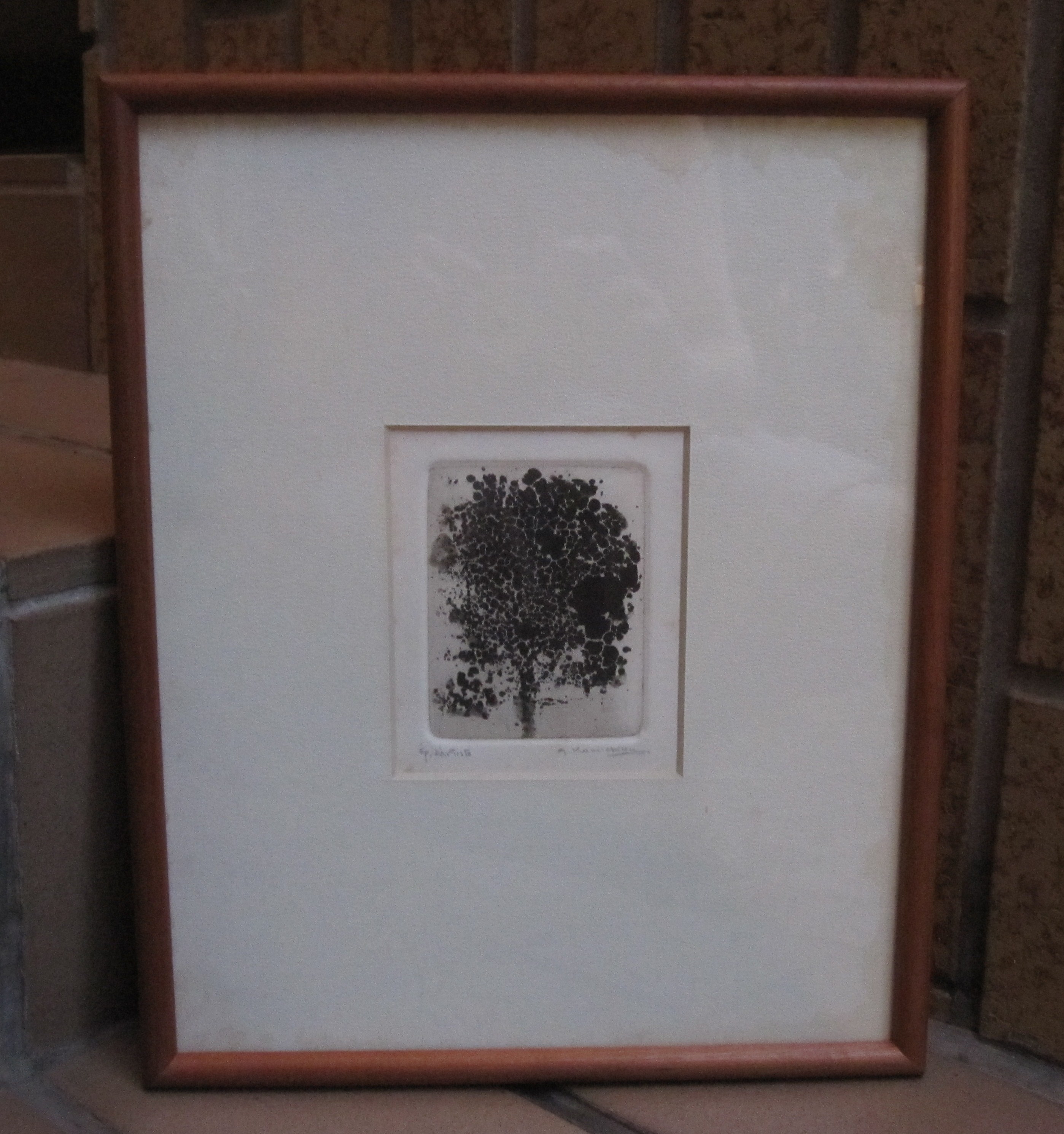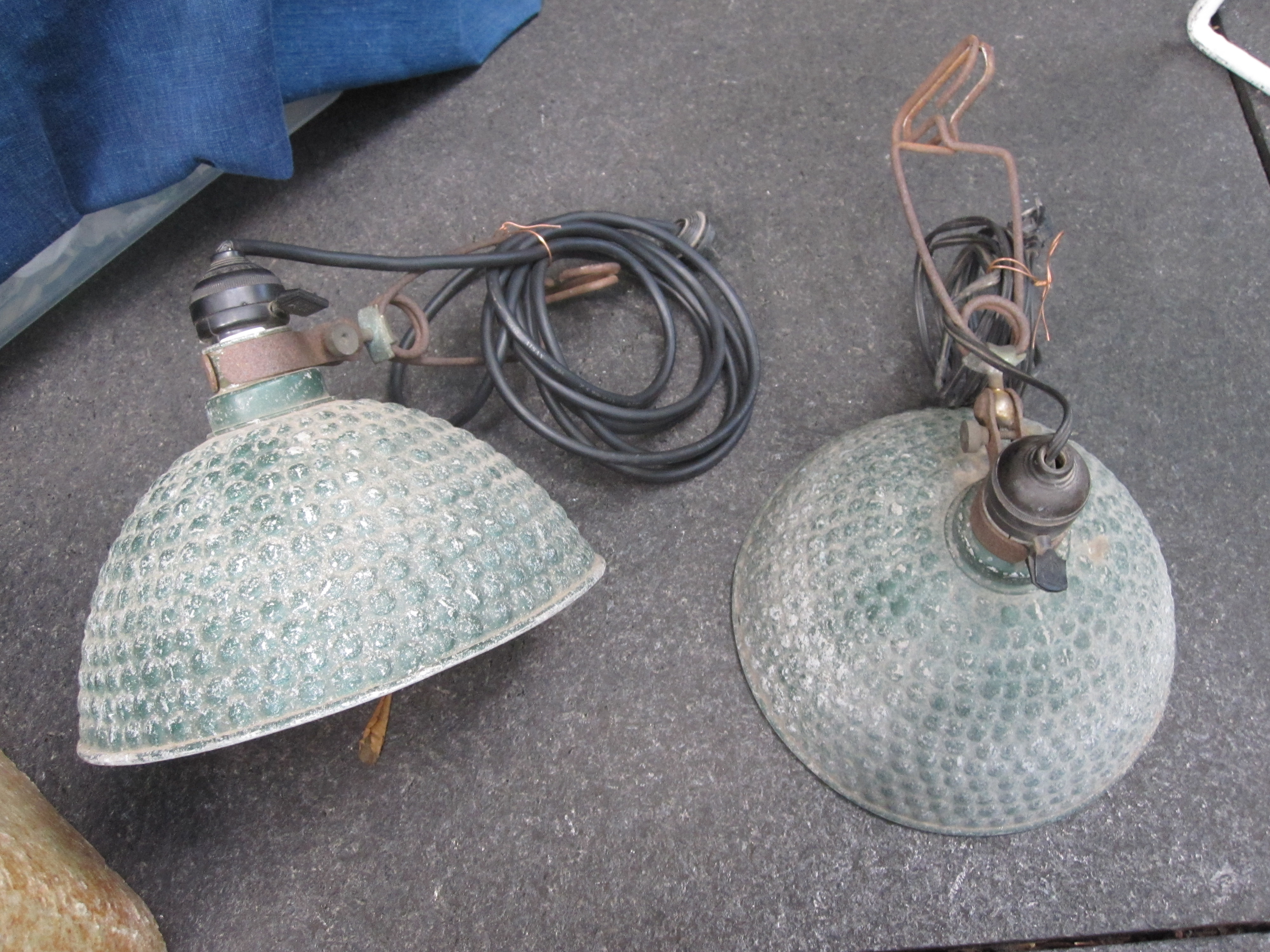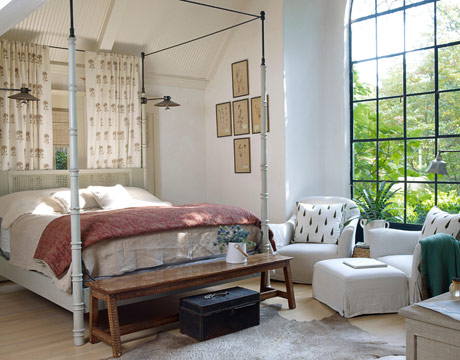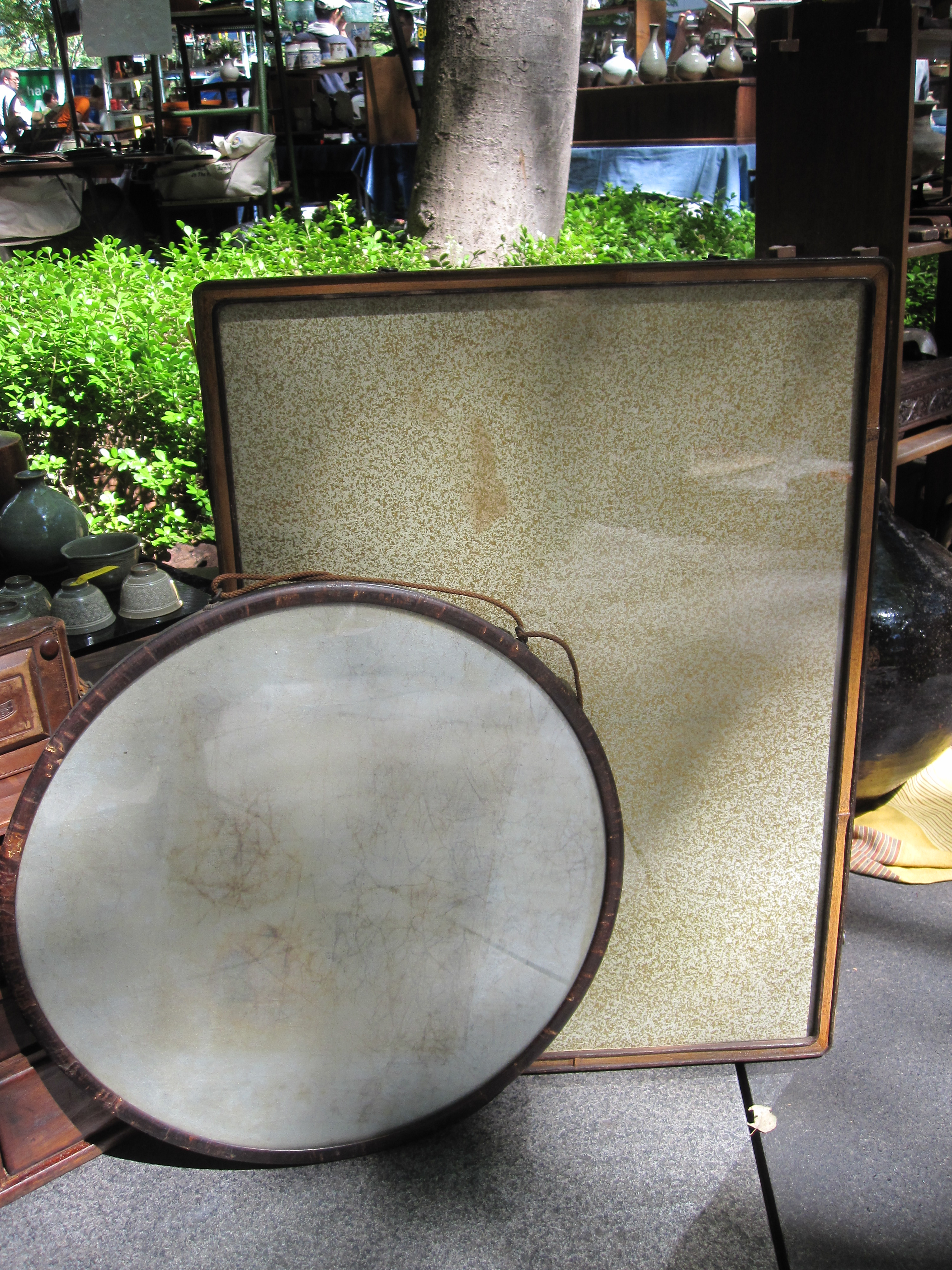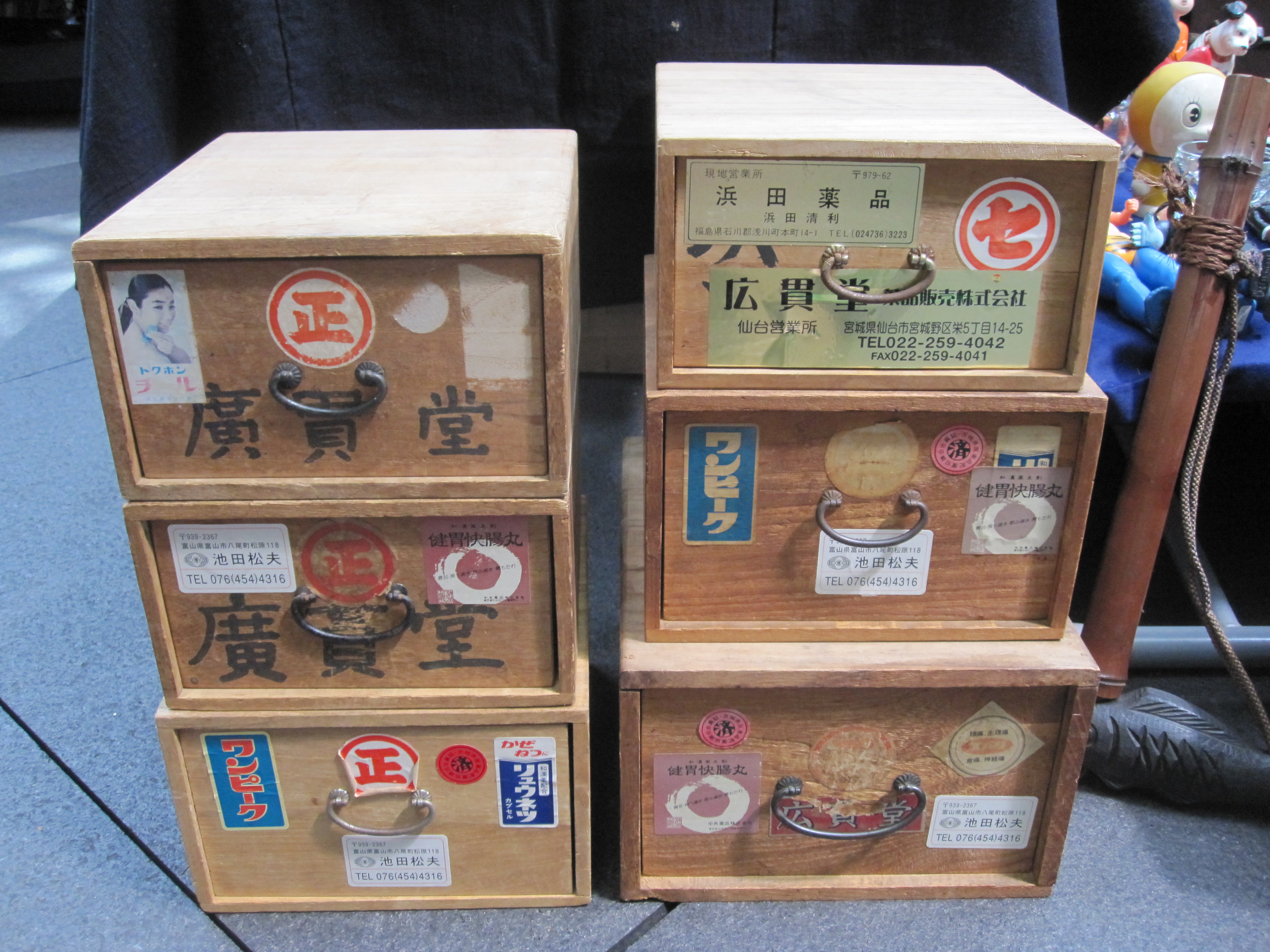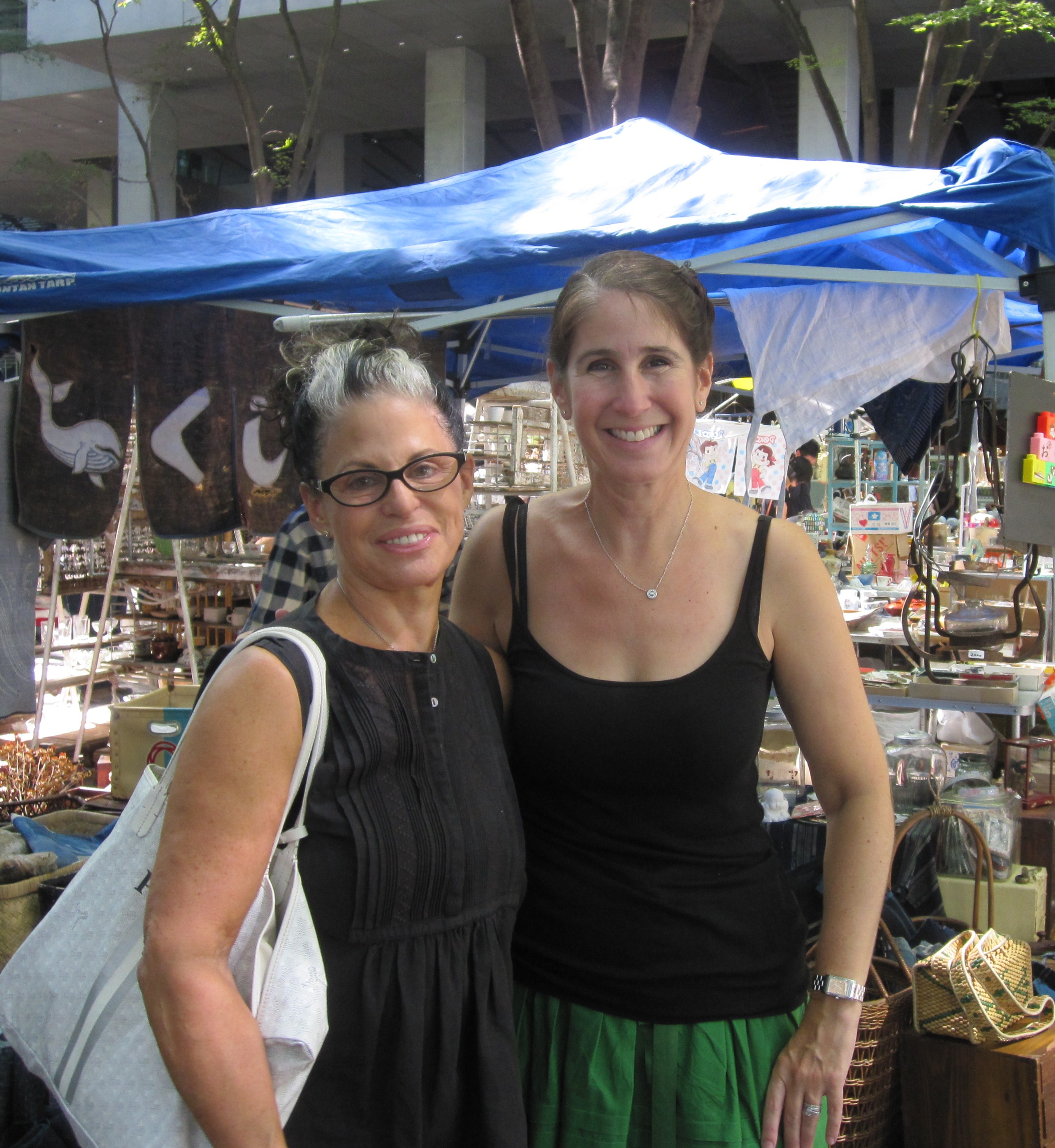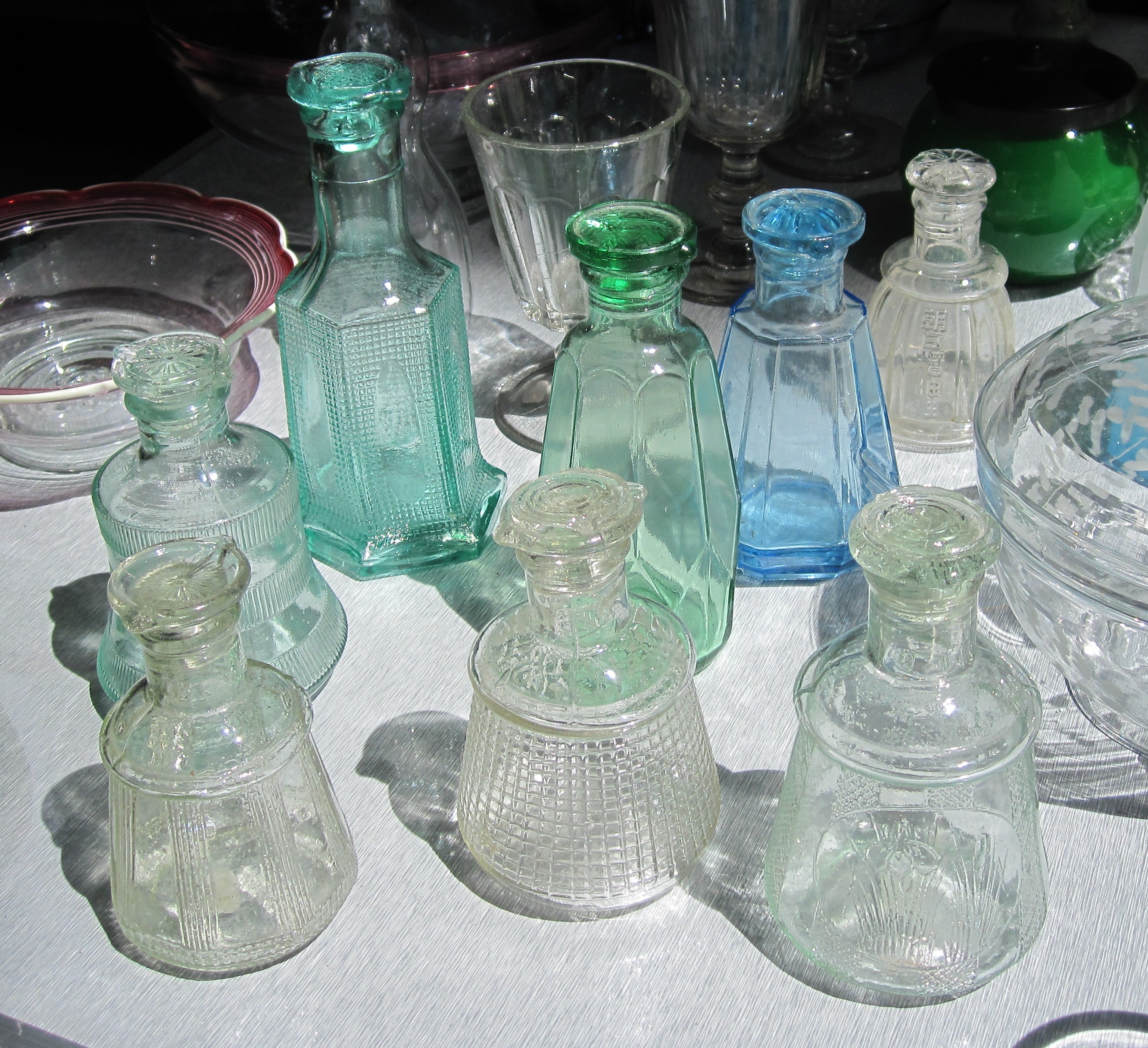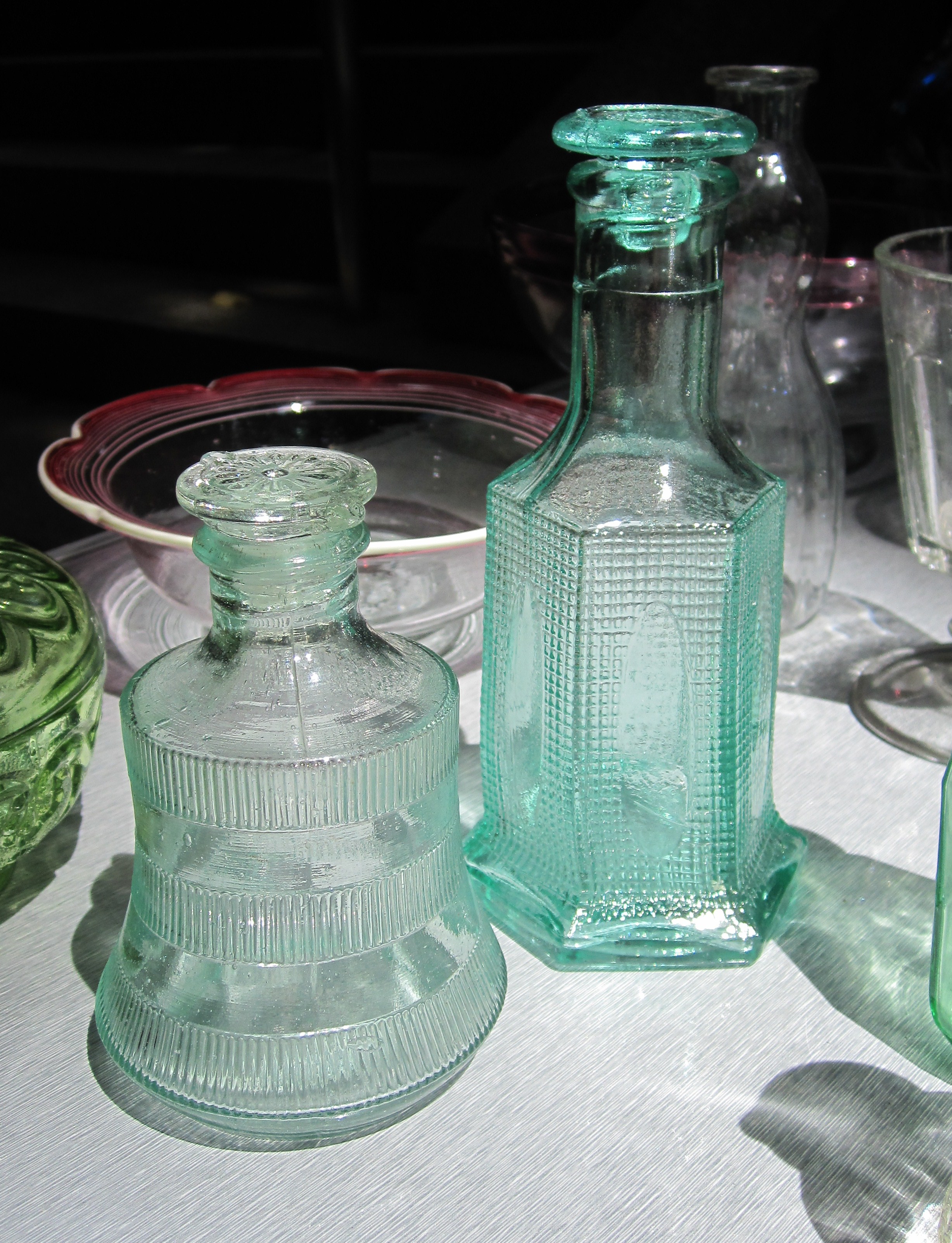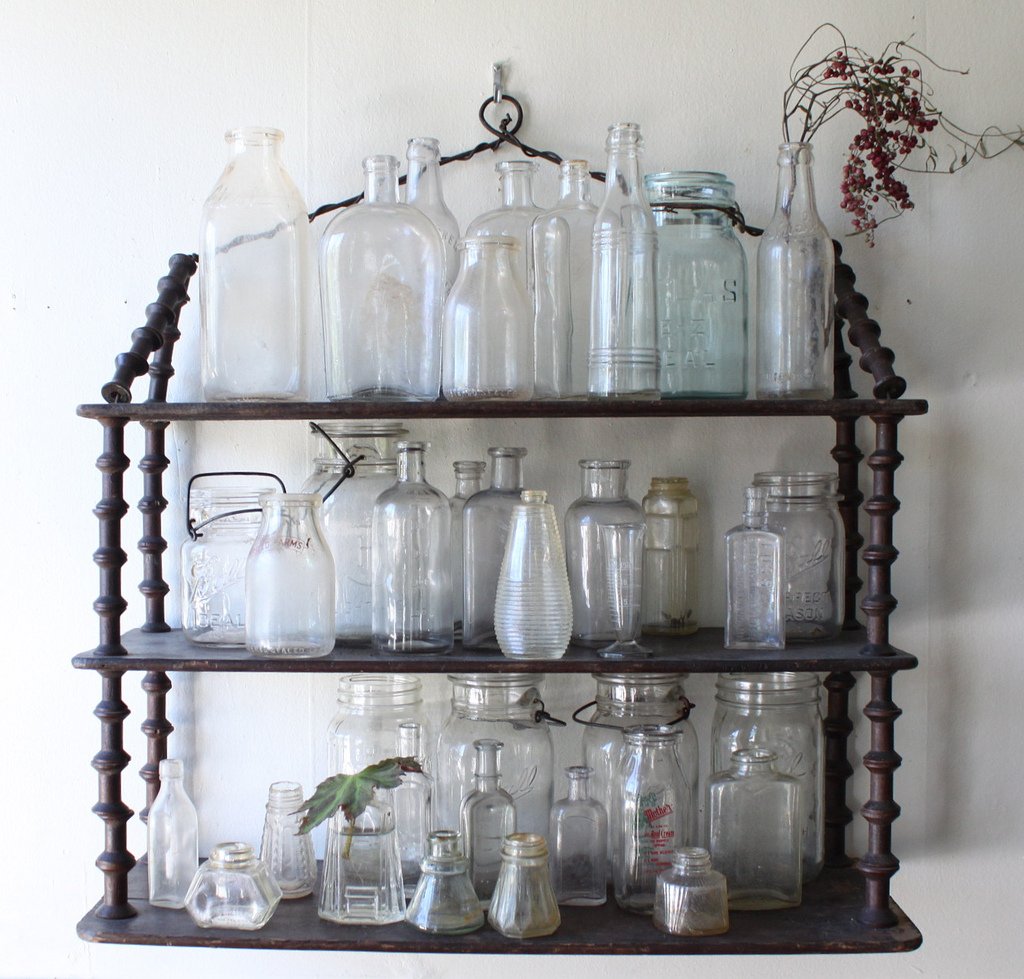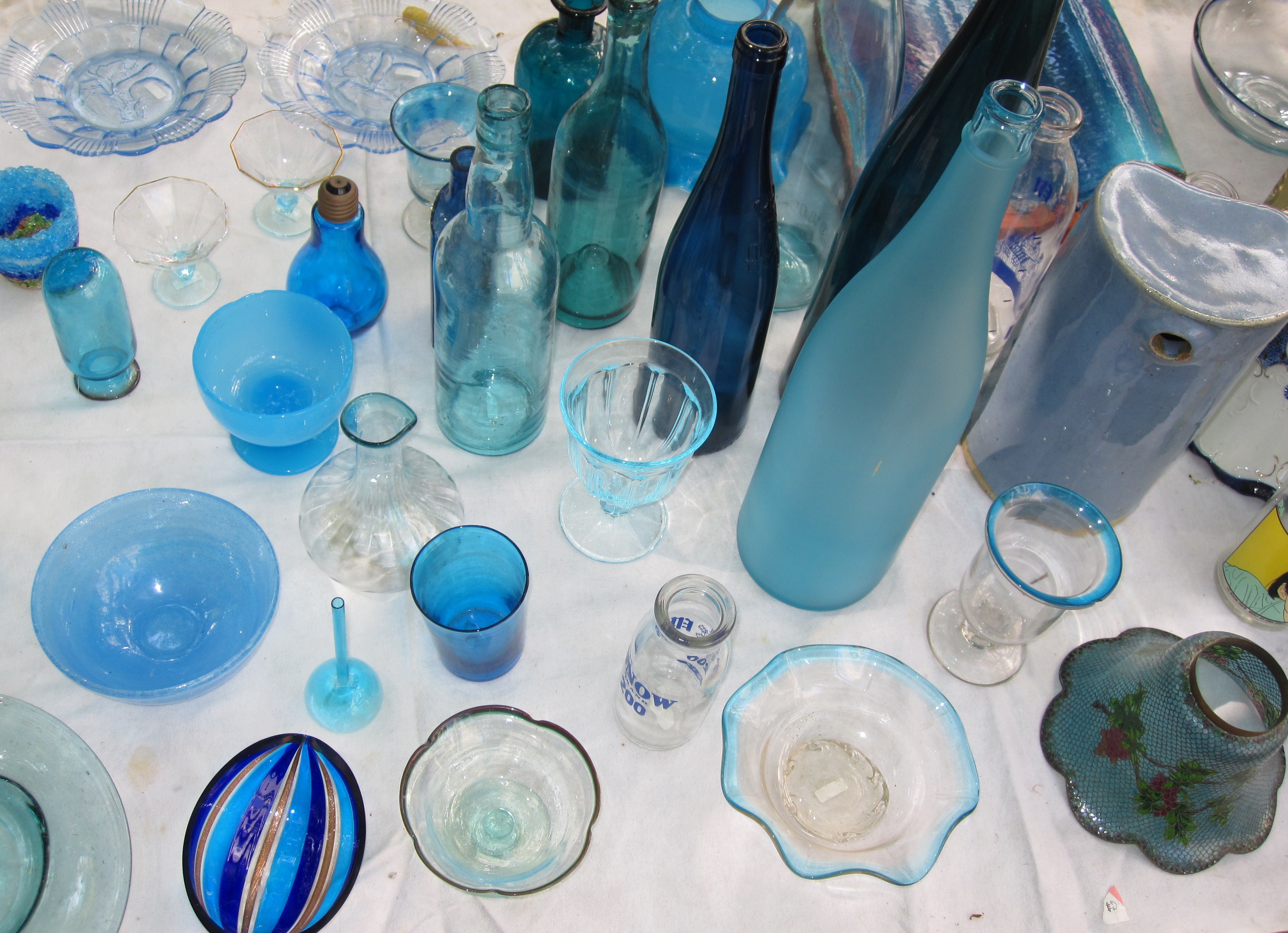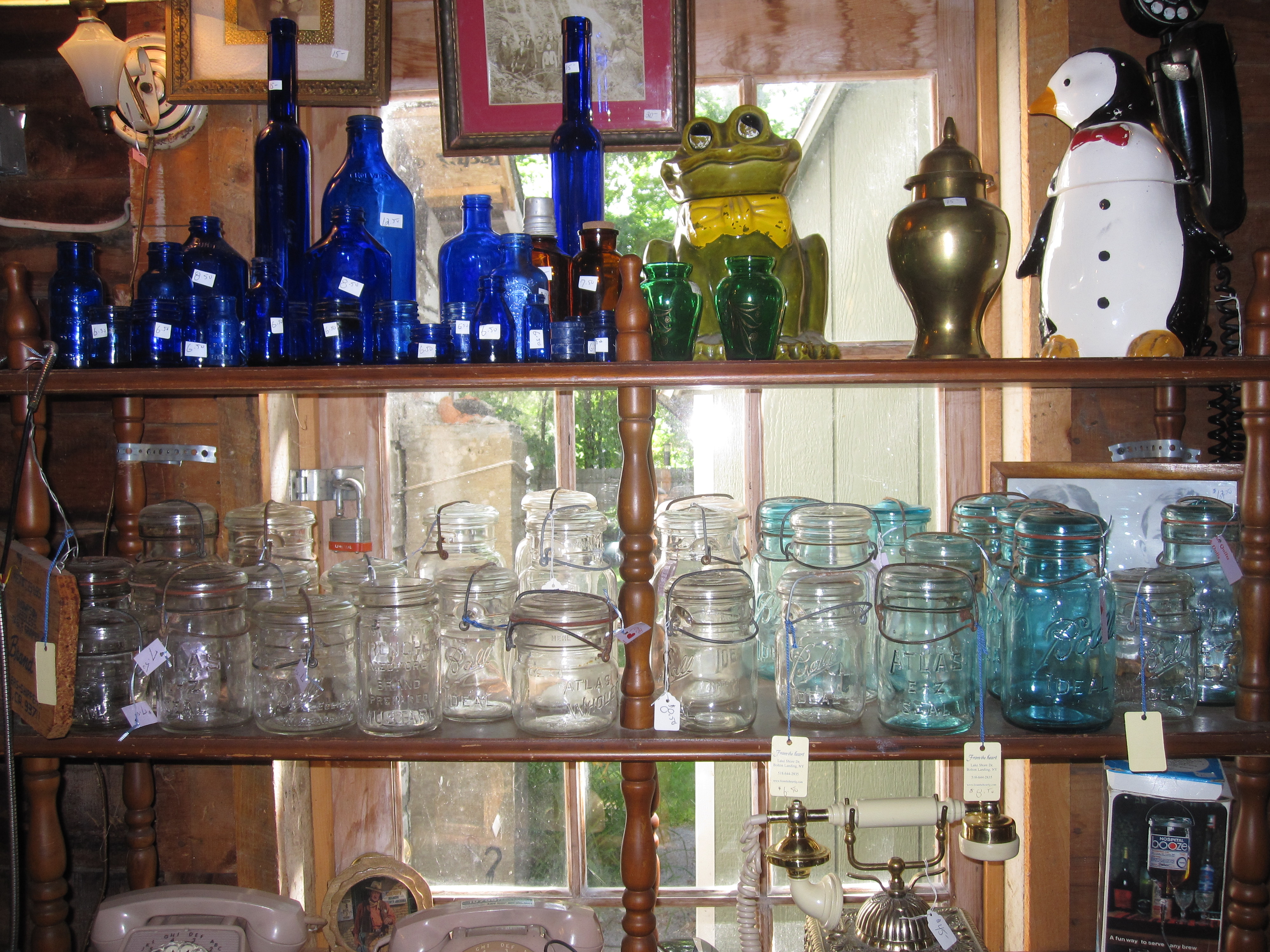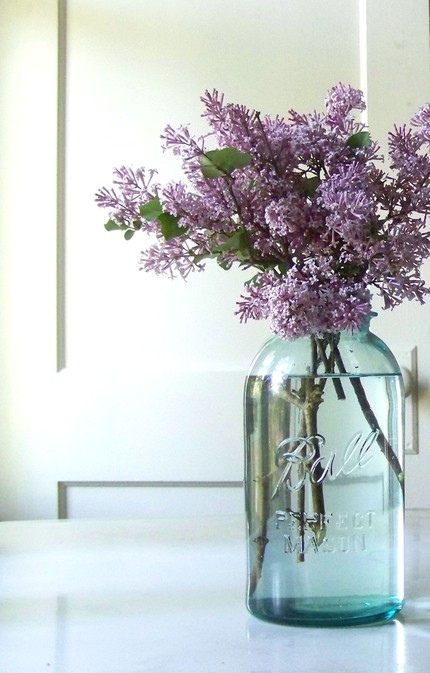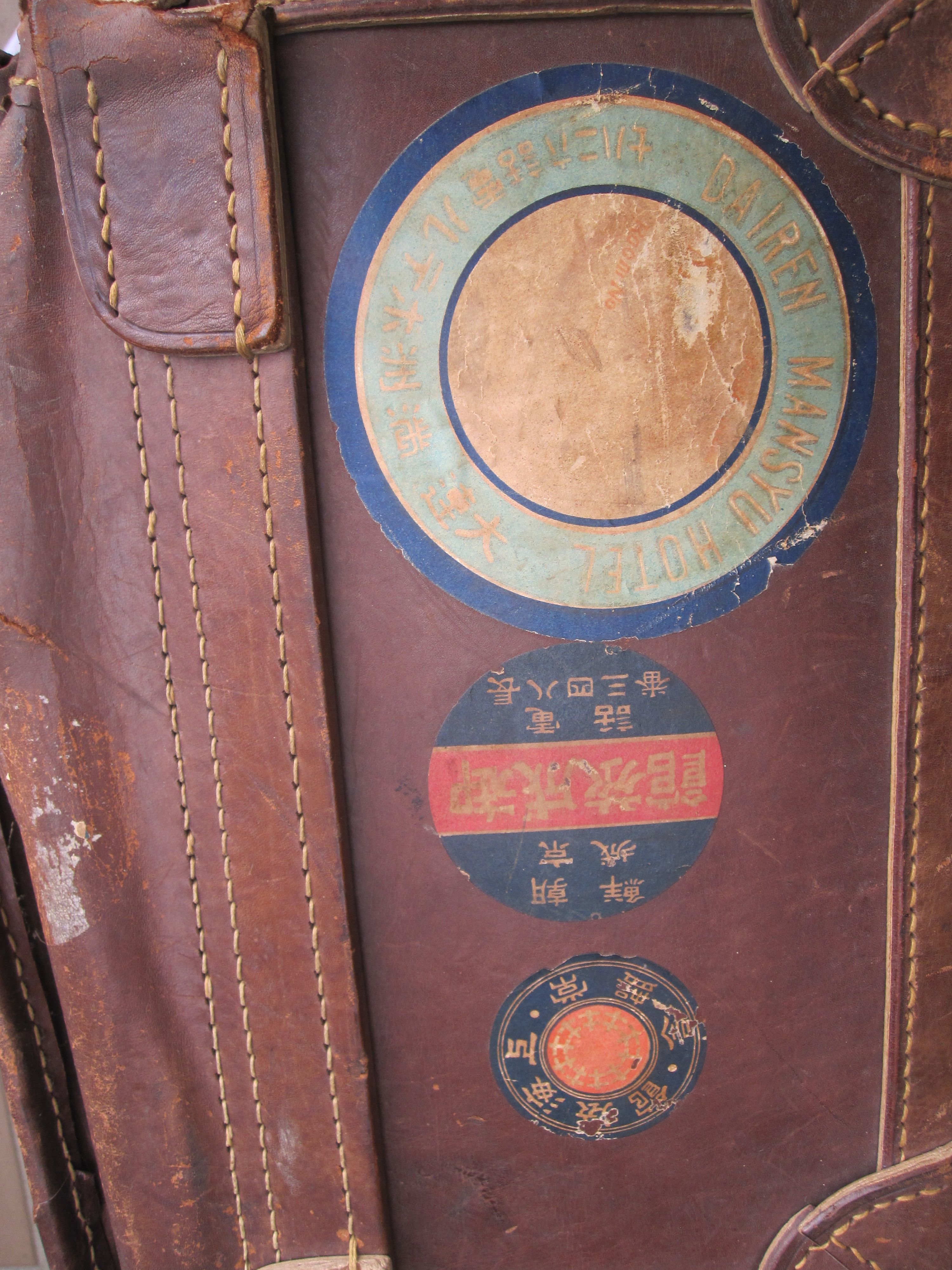 The large spark of interest created by Yamamura’s suitcase and story (screenplay anyone?) have pushed me to continue on in my investigations. While I have sorted out the large label (Dairen Mansyu Hotel in Manchuria) and medium label (Onnuri Ryokan in Seoul, Korea) on this side of the suitcase, the only challenge that remained was the smallest label on the bottom in this photo. Further research (with great help from my reader Mary) reveals it to be a Japanese owned ryokan that was popular in Shanghai in the between-the-war period. The kanji escaped me, but not her – 常盤館 – and we think it is pronounced Tokiwakan. No photos of it from the period, or any additional labels, but the building is still standing in China and here is how it looks today. I don’t find it hard to close my eyes and imagine a more glamorous past life for the run down structure – actually all of the old foreign areas of Shanghai still feel like a movie set to me.
The large spark of interest created by Yamamura’s suitcase and story (screenplay anyone?) have pushed me to continue on in my investigations. While I have sorted out the large label (Dairen Mansyu Hotel in Manchuria) and medium label (Onnuri Ryokan in Seoul, Korea) on this side of the suitcase, the only challenge that remained was the smallest label on the bottom in this photo. Further research (with great help from my reader Mary) reveals it to be a Japanese owned ryokan that was popular in Shanghai in the between-the-war period. The kanji escaped me, but not her – 常盤館 – and we think it is pronounced Tokiwakan. No photos of it from the period, or any additional labels, but the building is still standing in China and here is how it looks today. I don’t find it hard to close my eyes and imagine a more glamorous past life for the run down structure – actually all of the old foreign areas of Shanghai still feel like a movie set to me.
To do a truly thorough job of exploring Yamamura-san’s travels, it seemed that we needed to track down each and every hotel, so the next challenge was the other label on the right hand side of this photo. While the label says Japan Hotel in English, the kanji identifies it as the Fusokan or Fusangkuan in Beijing.
Yamamura’s label is pretty tame, but here are two jazzier examples.
An undated photo of the Fusokan reveals multiple forms of transportation, from autos to rickshaws. My guess is early 1930s, right around the time Yamamura may have stayed there.
Finding this hotel advertising flyer, with its drawing of the Temple of Heaven, seems to confirm its nearby location.
Mary also discovered that Japanese short story writer Ryunosuke Akutagawa stayed at the Fusokan for about a month in 1921.
The label on the left in my original photo (which I am showing once again above as this all starts to get a bit confusing) says Shenyo Hotel Mubuden, and I had hypothesized in my original post that perhaps it was an alternate spelling for Mukden in Manchuria. I continue to believe they are the same place, perhaps one is a regional name and the other the city. The kanji can also be read as Hoten, making this the Shenyo or Shinyo Hotel, as seen in these alternative labels below.
These great labels came from another collector’s suitcase, and if your Japanese is good, you can read more about them here.
This photo shows Hoten in Manchuria, called Shenyang today in China, around 1931.
While we are still on this side of the suitcase, let’s finish by showing a great view of the Anto Hotel (the middle sticker). I had a view of it from the train station in the original post, but you can really see the size and the art deco grandeur of it here…
…and the strength of the Japanese presence in Manchuria made so perfectly clear by this card – sakura season!!!!!
So we know Yamamura made his way around China, including Manchuria, Shanghai, and Beijing, as well as Seoul, Korea. The one clue I still haven’t acted upon is the fairly modern meishi (business card) in the luggage tag. It is newer than the suitcase and has a different family name and an address in Osaka, but still the possibility to reveal more about our mysterious Mr. Yamamura.
Again, thanks to Mary and as always, my sweet husband, without whom this post could not have been written. If there was ever anything to give that kick I am needing to work on my kanji, this might be it!
Quickly before I go to publish – I saw this set of 3 vintage leather suitcases in a design store today in New Jersey. A perfectly proportioned stack, with a price tag to match, but no back story. Nonetheless, I was tempted…
Related Posts:
If Only This Suitcase Could Talk
Research From a Reader…More On Yamamura-san’s Suitcase
Image credits: 1,3, 8 & 15. me, 2. The Weblog With Osaka Dialect, 4-7. The World of Hotel Label, 9-11. paperlabel.blog, 12. eurodollers flickr, 13-14. International Center for Chinese Studies

